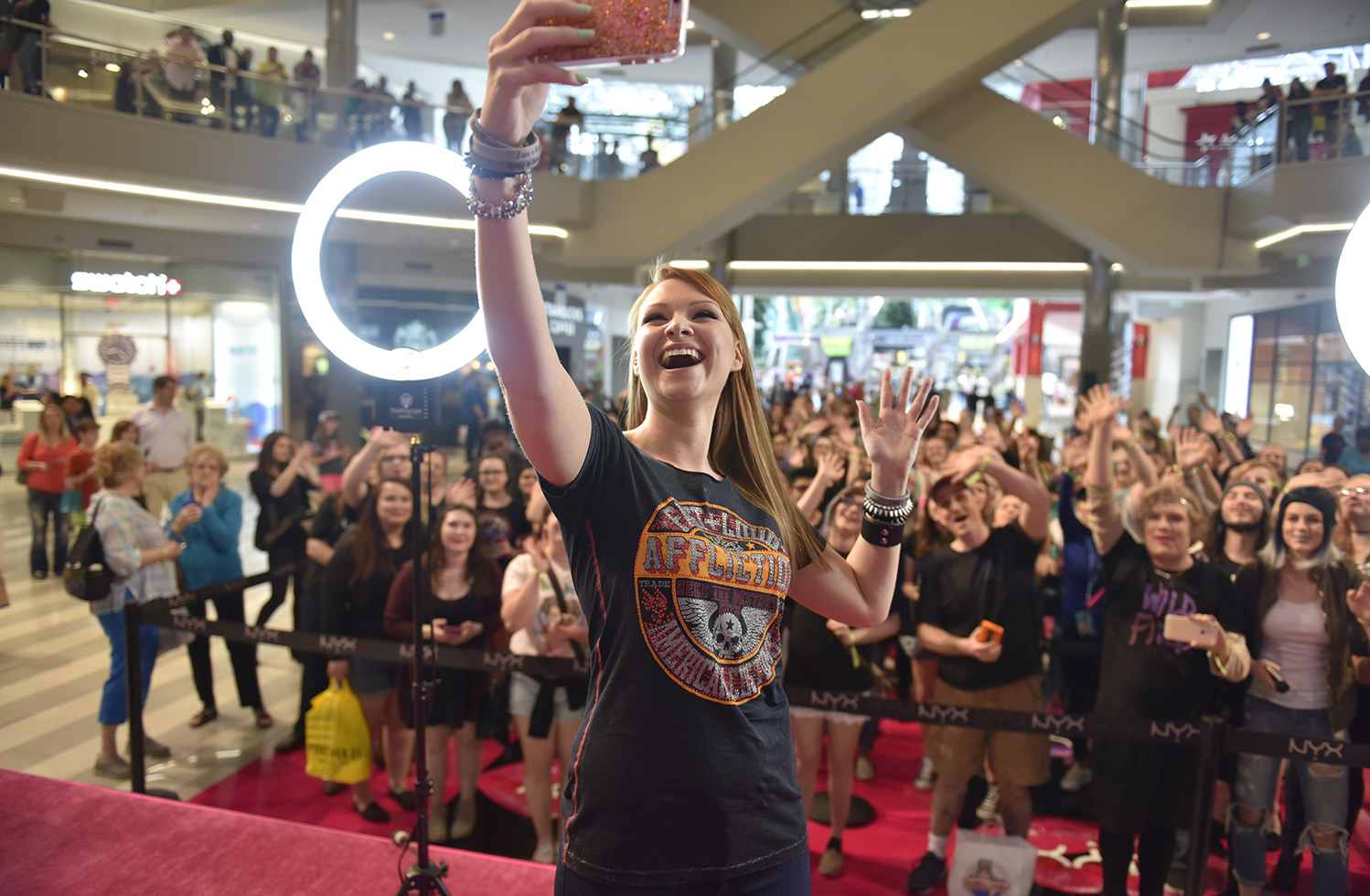

How Can We Get Influencer Marketing Right?
(Image Credit: Jules Ameel/Stringer via Getty Images)
At a May PRmoment mini-conference on influencer marketing, the opening thought starter was about the tragedy of the commons theory. Coined by English farmers, this theory claims that spaces that are shared but have no overall “keeper” tend to get neglected. This is because no one person has a vested (read: financial) interest in their upkeep.
It might seem like an odd thing to open an event with, but I think it worked perfectly. The past few years have seen a sharp rise in influencers, agencies and production companies that make use of influencers, but few calls to set some rules and boundaries on what is or isn’t acceptable. Inspired by the recent HBO dramatisation of the Chernobyl nuclear disaster, influencers are now flocking to the exclusion zone to promote products and services.
According to data in The Drum, only 4% of people trust what influencers say online. By comparison, 16% of people believe Big Foot exists, and 35% believe in ancient aliens. It’s clearly a contentious space: The event’s speakers shared lots of insights into how those in influencer marketing are getting it both very wrong and very right.
Consistently described as a Wild West of charlatans and tricksters looking to make a quick buck, it’s not a huge surprise when some people shudder at the word “influencer”. Fyre festival, anyone?
The Good, The Bad, The Ugly
James Herring, the top brass of communications firm Taylor Herring, had the cringe-inducing task of sharing stories about influencer marketing that had gone wrong. One of the more high-profile examples was Huawei faking DSLR shots as smartphone pictures in an advert. They were caught only because the influencer in the picture uploaded a “Behind the Scenes” photo to Instagram. Herring immediately divided the room—one audience member passionately told him he was “only representing the very top 1% of (bad) influencer marketing work” and not giving an accurate picture of a successful industry.
That audience member was right to interrupt, I think. Consumers are likely to associate influencer marketing with influencers who use tragedies like the November 2018 California wildfires to promote products, or PewDiePie getting in hot water following accusations of racism and inappropriate content on his YouTube channel. But it is possible to deliver great results with influencer marketing. We need to change the perception of influencer marketing, because whether we like it or not, we all have a vested interest in it. Influencer marketing needs to be associated with the many examples of successful projects that have shown to drive sales and improve brand perception.
Louise Page, head of campaigns and communities at McDonald’s, said that thanks to some influencer work they did around their new Big Mac with Bacon, trust in the brand in target markets has grown exponentially. Proof is in the burger pudding: McDonald’s sold 30 million Big Mac with Bacons in the first week of their release.
How to work with influencers effectively
A lot of the discussion on the day focused around the hallowed relationship between PR person and journalist, and how media relations should evolve to cater for the influencer-marketing generation. Edelman’s mantra of ‘earned at the core, social by design’ shows that to adapt to influencer relations, the PR sector has to embrace new channels outside traditional media, invest in cutting-edge data and analytics, and identify which influencers matter to different audiences. What does this look like in practice?
1. Media influencers versus social influencers
If there’s one thing the PR sector excels at, it’s fostering great relationships with people who can make a real impact for a brand. No different to media relations, close relationships with influencers are likelier to generate content that appeals to the right audience. For best results, brands should avoid treating influencers like earned media or paid opportunities, as influencers who have more creative control are likelier to generate content they feel prouder of, and they might even make more than what they’ve been asked for.
2. Influencers want long-term partnerships
Influencers are their own brands, which means they very much prefer long-term partnerships over one-off projects. They want to be involved in the briefing and pitch process, and requests for free content or offering products instead of payment are not going to cut the mustard.
3. Do influencers make sense for your strategy?
Finally, if you’re thinking of working with influencers, you’d be advised well to start from the top and think about what you want them to do and why they’re the right choice for the project. Aligning comms and marketing objectives for the project puts it in much better stead, and improves your ability to measure the project’s success and show a clear return to the client.
For a deeper dive into how influencers are serving the health space, read our Health Sector’s blog.
The latest blogs from WE
MNCs in China Must Prioritize Internal Communications
To Tell Your ESG Story, Think Digital
5 Ways Tech Will Reshape Culture in 2024

